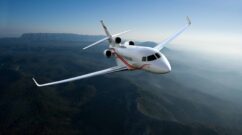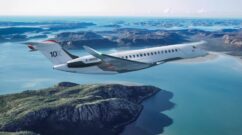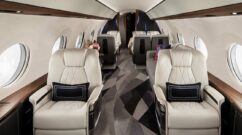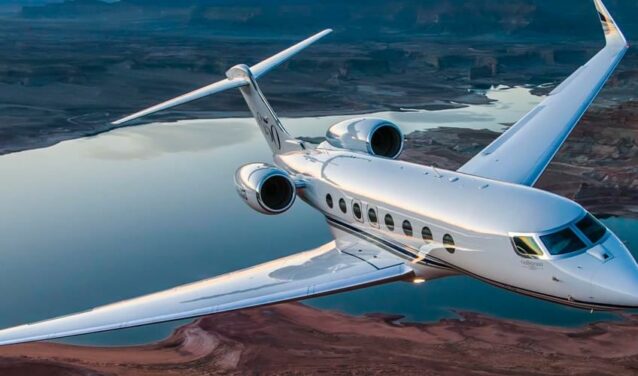The private jet is a luxurious and fast means of transport for moving around the world. There are several categories of jet in business aviation, but which is the fastest in the world?
60% of private jet users are professionals and businesses looking to maximize their time. Tailor-made aviation makes it possible to avoid queues at security and customs checkpoints, the set schedules of regular airlines, or to access airports not served by commercial flights as close as possible to a destination.
For the majority of travelers, the value of a private jet lies solely in its ability to get them where they want to go, and fast. This explains why private jet manufacturers pay so much attention to the power of their aircraft, and why travellers are so keen on fast planes. As a result, some private jets fly much faster than an airliner.
What is the speed of a private jet?
The speed of a private jet depends essentially on the category of aircraft and the type of engine.
Turboprops, which are propeller-driven aircraft, generally fly between 300 and 800 km/h at cruising speed.
The PC12, for example, a turboprop popular with business travellers and able to seat up to 8 passengers, can fly at up to 500 km/h.
Private jets, almost all powered by turbojet engines, have variable speeds depending on their category:
– Ultra-light private jets (1 to 5 seats) generally fly between 600 and 750 km/h.
The Citation Mustang, for example, an ultra-light 4-seat private jet, can cruise at 630 km/h. The Phenom 100, in the same category, is a little faster, with a cruising speed of 750 km/h.
– Light private jets (5 to 7 seats) generally fly between 700 and 850 km/h.
The Phenom 300, a light private jet seating up to 7 passengers, cruises at 839 km/h .
– Intermediate private jets (8 to 10 seats) fly between 780 and 930 km/h.
The Pilatus PC24, for example, an 8-seat private jet, can cruise at up to 815 km/h.
– Long-haul private jets (10 to 16 seats) are the favorites of the range, generally flying between 850 and 1100 km/h.
Private jets have the advantage of being able to climb to altitudes of up to 13,700 meters. This allows them to be higher than airliners, and to fly direct. The Citation Longitude , for example, flies at cruising speeds of up to 910 km/h.
The speed of a private jet always depends on the weather
The speed indicated on an aircraft’s anemometer is never the actual speed at which the aircraft is moving. In fact, the Indicated Air Speed is the speed directly derived from the aircraft’s external sensors. However, these probes do not take into account the air mass inside which the aircraft is flying, nor the direction and surface of the winds. And that can change everything!
In February 2020, storm Ciara was raging over the Atlantic. A Boeing 747-200 operated by British Airways flew from New York to London in 4 hours 56 minutes, compared with the usual 6 hours 55 minutes. On this particular day, as reported by the DailyMail, winds of up to 400 km/h at the aircraft’s back enabled it to reach speeds of over 1100 km/h, compared with the usual 980 km/h. Similarly, a headwind slows the aircraft down.
Top 10 fastest private jets in the world
An Airbus A320 can fly at 870 km/h, while the Rafale fighter jet can climb to 2,223 km/h. But which is the fastest private jet in the world?
AEROAFFAIRESreveals the 10 fastest private jets in the world!
10. Cessna Citation CJ4
The Citation CJ4 is another private jet in the midsize range. It can accommodate 9 passengers on board. It is above all an improved version of the CJ3. The CJ4 is more fuel-efficient than its predecessor.
Two Williams FJ44-4A engines enable it to reach a cruising speed of 835 km/h (mach 0.676, mach 1 being the speed of sound).
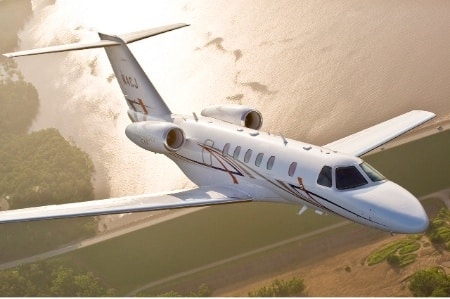
9. Cessna Citation Longitude
The Citation Longitude is one of the most modern private jets offered by CESSNA Aircraft. Its spacious, refined cabin represents the manufacturer’s ideal of excellence. It can accommodate up to 12 passengers.
The Citation Longitude is powered by two Honeywell HTF7700L engines from the eponymous manufacturer. These engines enable the jet to reach a cruising speed of 877 km/h (mach 0.710).
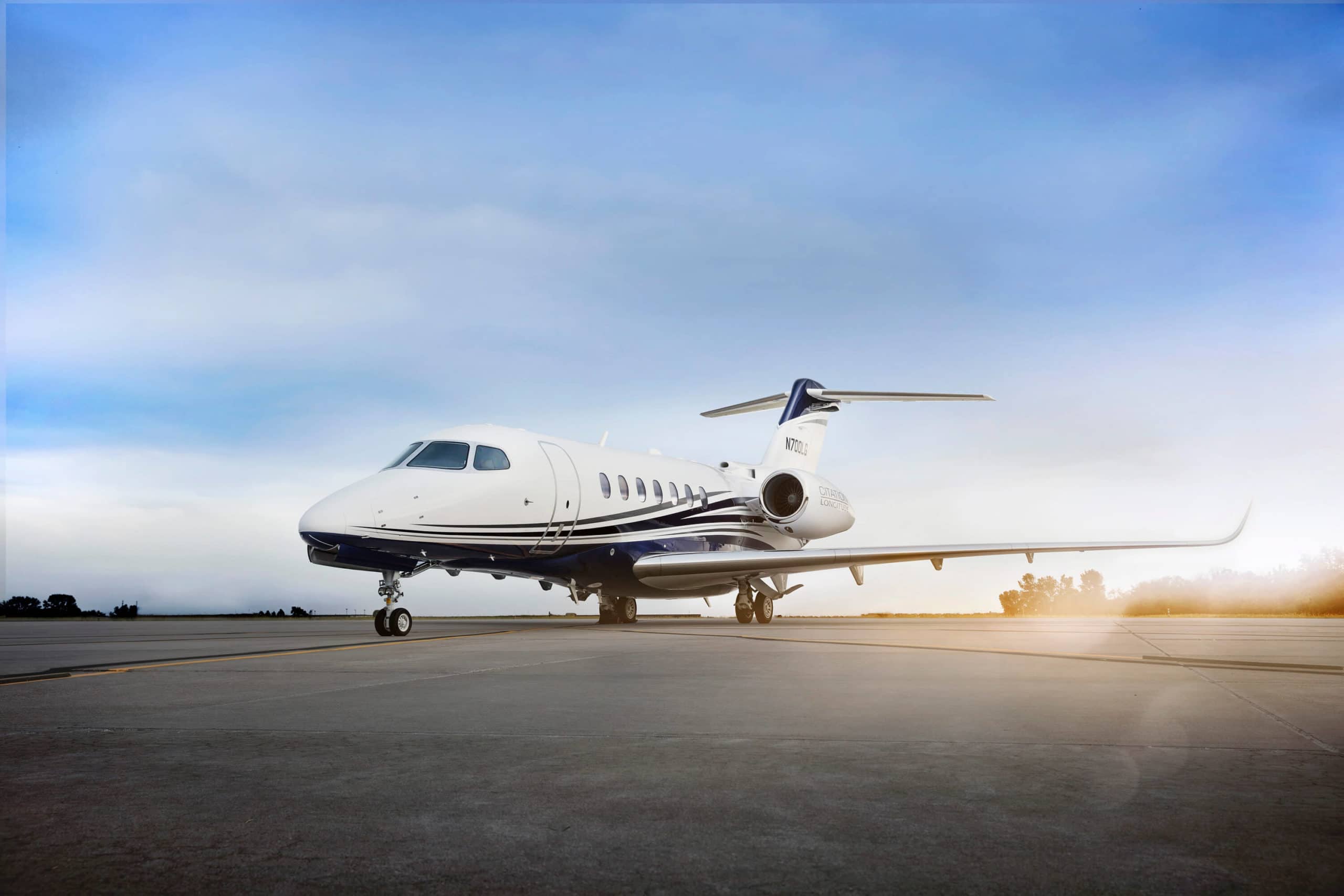
8. Dassault Falcon 2000
the Falcon 2000 is a historic private jet for the French aircraft manufacturer. It was certified by the European Aviation Safety Agency (EASA) in 1994. The Falcon 2000 has the same wingspan as its predecessor, the Falcon 900.
The 2000 is powered by two CFE738-1-1B engines developed by AlliedSignal and General Electric. This powerplant enables it to reach a speed of 880 km/h (mach 0.712).
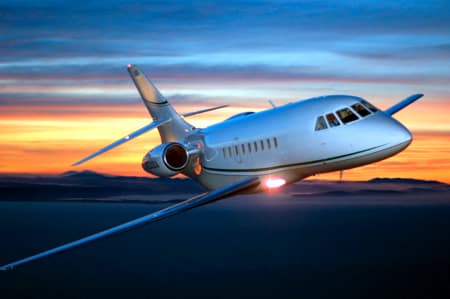
7. Dassault Falcon 900 LX
The 900LX is the latest jet in Dassault Aviation’s Falcon 900 range.
Powered by 3 Honeywell Garrett TFE731 engines, the 900LX reaches an eponymous speed of 900 km/h (mach 0.728). Despite its high speed and three engines, the Falcon 900LX consumes less fuel than its direct competitors. Its range stretches from New York to Moscow.
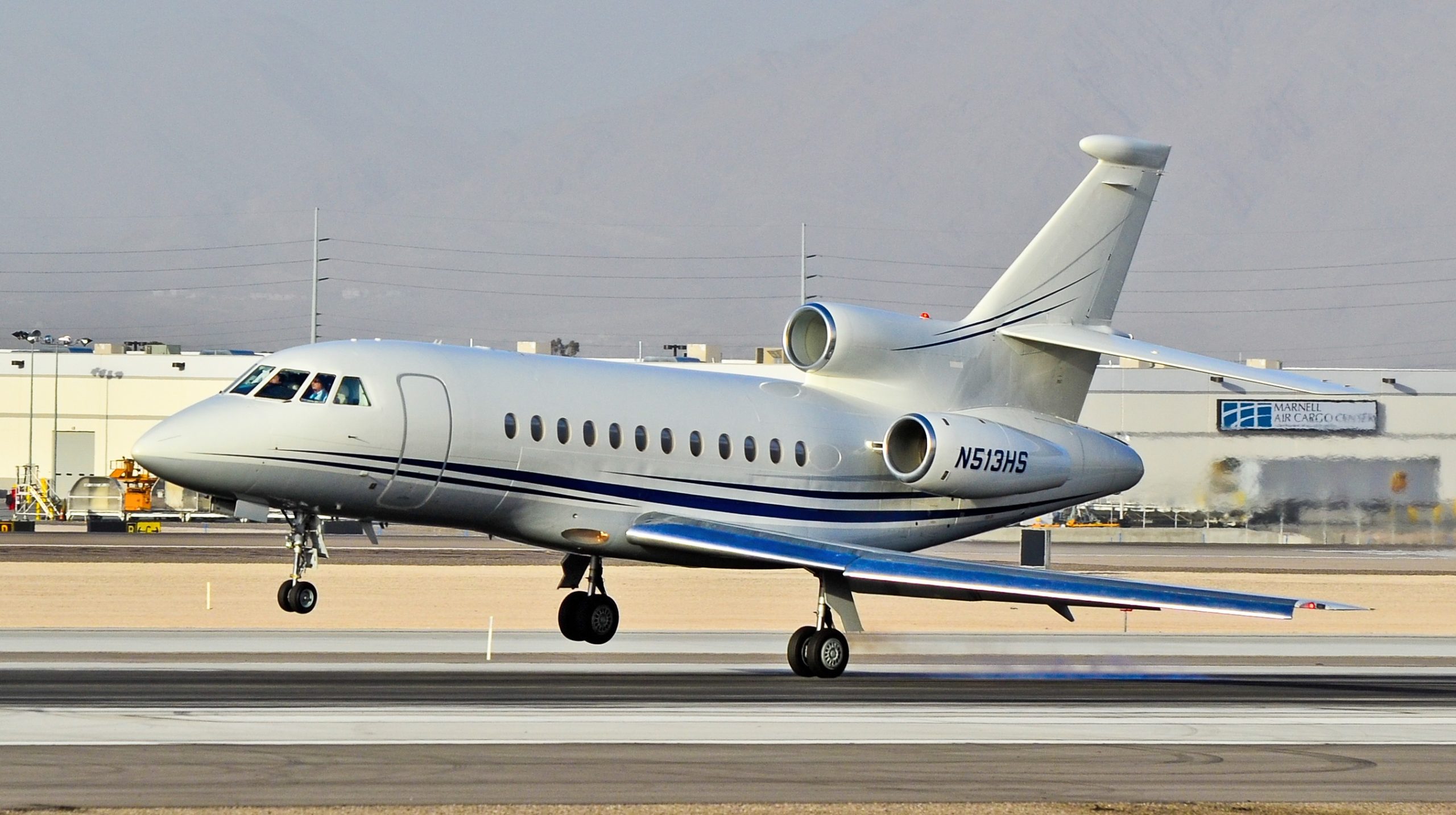
6. Bombardier Global 7500
The Global 7500 is a top-of-the-range business jet designed for long-haul flights. It is now the flagship product of Canadian manufacturer Bombardier. Its spacious cabin is divided into four distinct zones. The 7 500 is particularly comfortable, with a bed on board.
The Global 7 500 flies at 902 km/h (mach 0.730) thanks to two General Electric Passport engines.
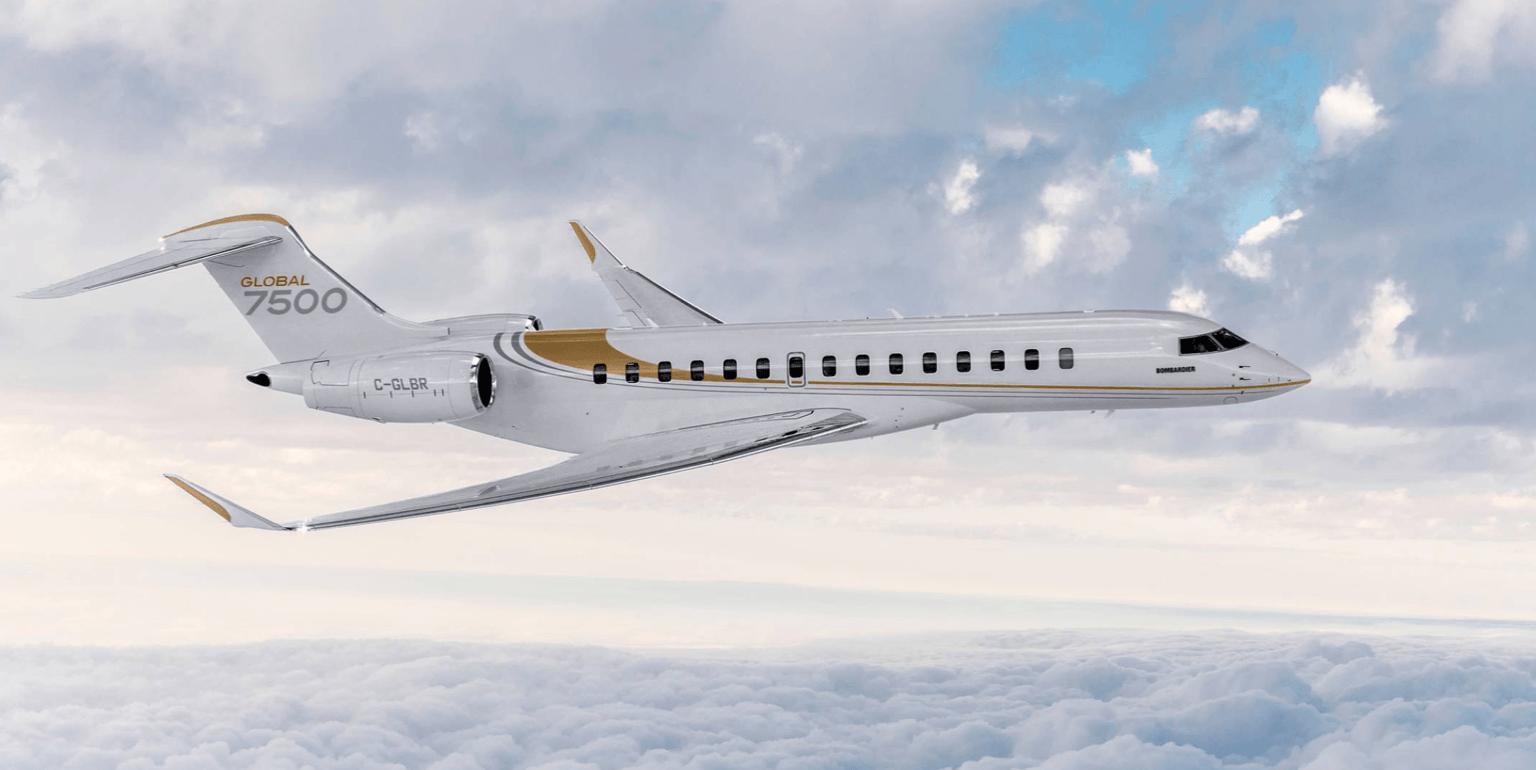
5. Gulfstream G550
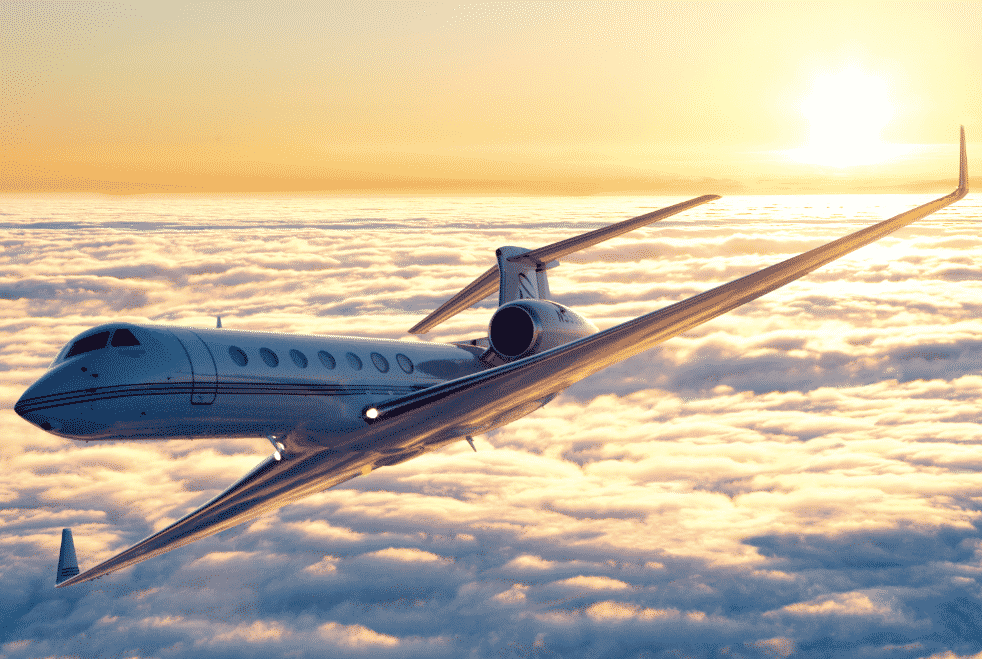
gulfstream Aerospace
The Gulfstream G550 is an American private jet launched in 2004. Its cabin can accommodate between 14 and 19 passengers, and it has a range of 10,850 km.
Powered by 2 Rolls-Royce BR710 Turbofan engines, it can reach speeds of 1093 km/h (mach 0.885).
4. Bombardier Global 6000
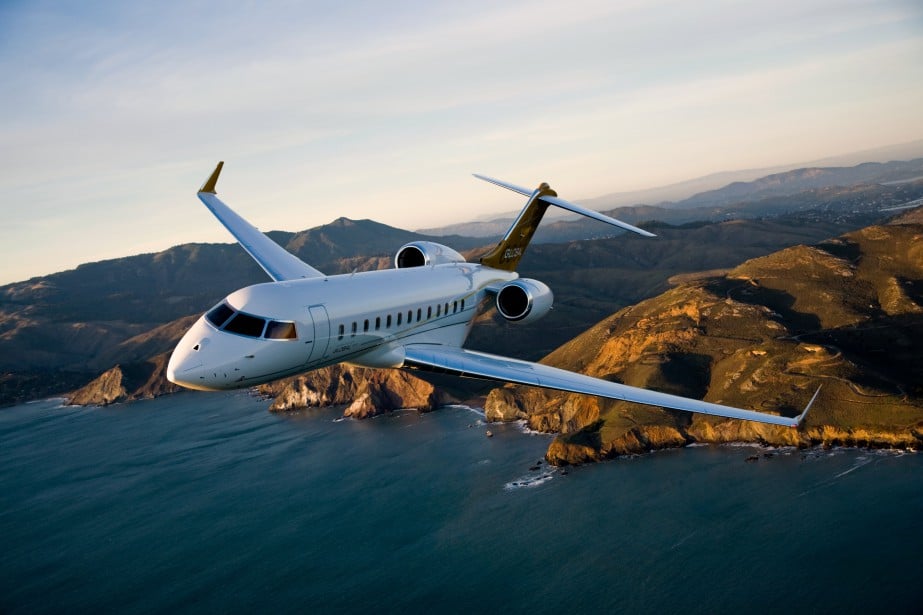
The Bombardier Global 6000 is a Canadian private jet introduced in 2012. It can carry up to 19 passengers and has a range of 11,214 km. Its spacious cabin and numerous features make it one of the most expensive private jets on the market.
Its two Rolls-Royce BR710 turbojet engines enable it to fly at up to 1099 km/h (mach 0.89).
3. Dassault Falcon 7X
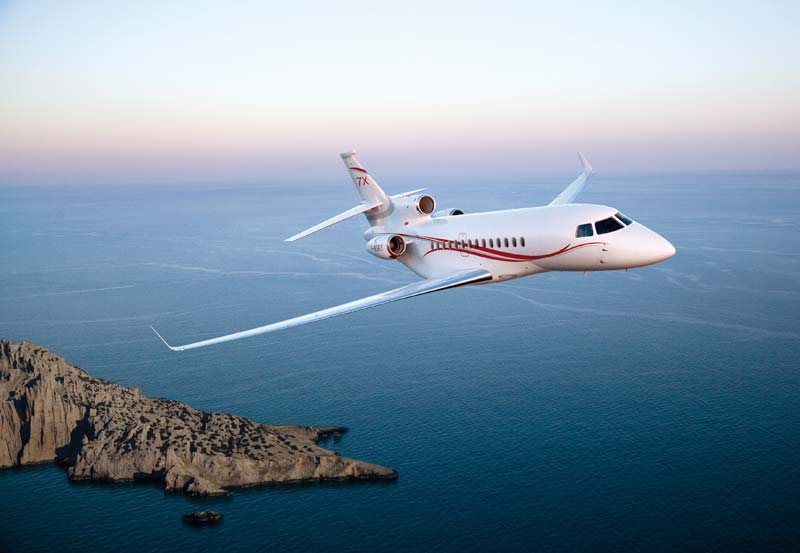
The Falcon 7X is a private jet launched by Dassault Aviation in 2005. Its cabin can accommodate up to 16 passengers. It has a range of 11,000 km/h.
Its three Pratt & Whitney PW307A turbojet engines enable it to fly at speeds of up to 1112 km/h (mach 0.90).
In May 2014, a Falcon 7X flew from New York to London in a then-record time of 5 hours 54 minutes.
2. Gulfstream G500
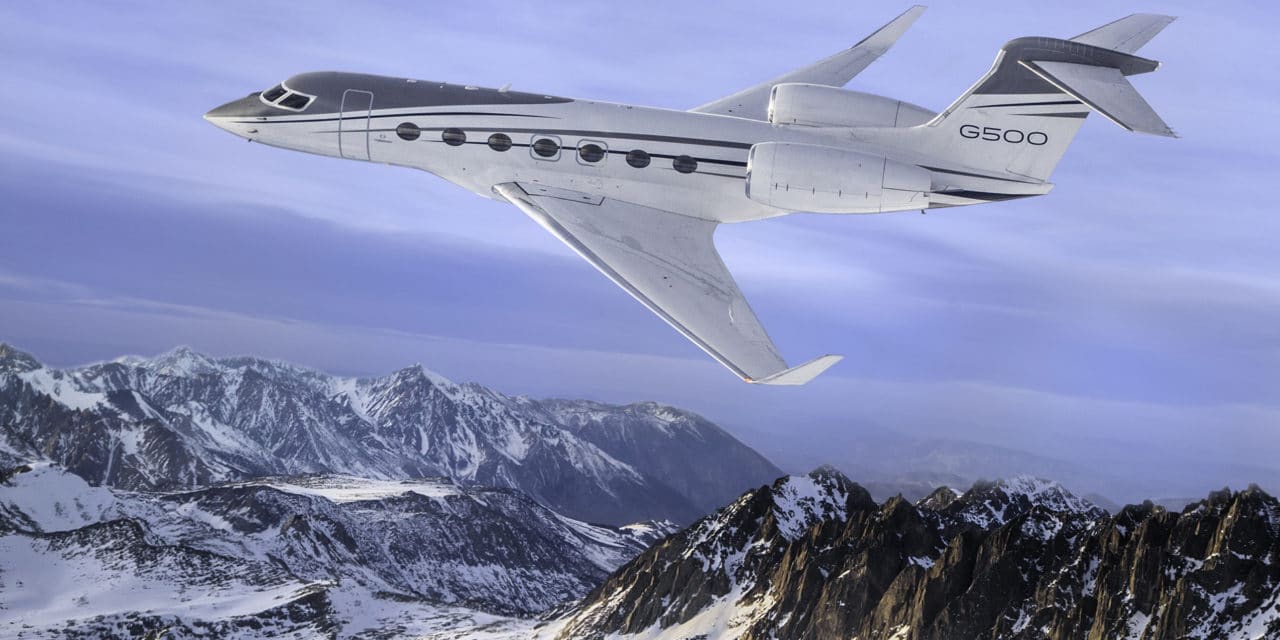
The Gulfstream G500 is an American private jet launched in 2004. Its cabin can accommodate up to 19 passengers and it has a range of 9,630 km.
It is powered by two Pratt & Whitney PW814GA turbojet engines, enabling it to reach speeds of 1143 km/h (mach 0.925).
1. Cessna Citation X+
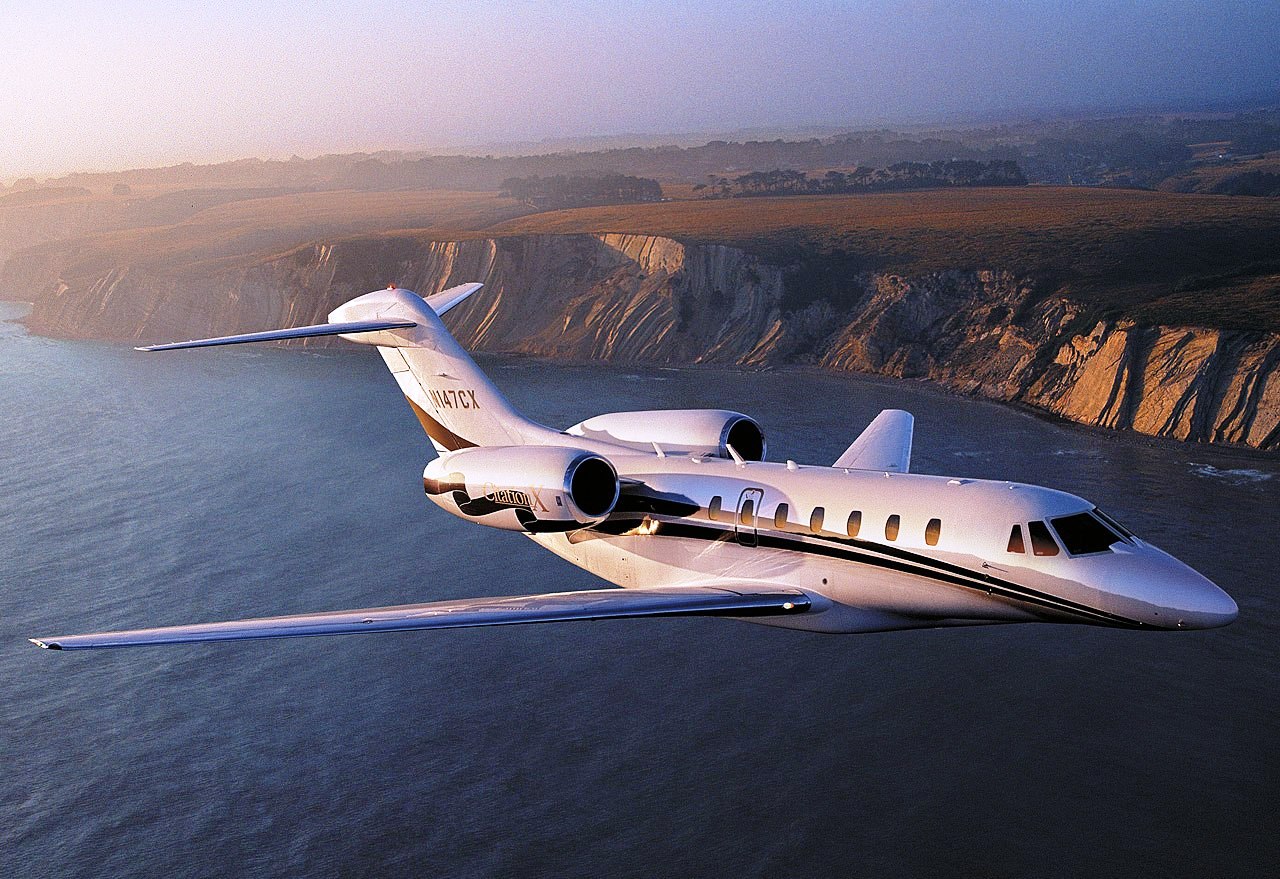
The Citation X+ is the big winner in its class. Launched in 2010 by Cessna as a more modern version of the Citation X, it has a range of 6,410 km. Its spacious cabin can carry between 8 and 13 passengers.
Its two Rolls-Royce AE3007CE turbojet engines enable it to fly at a maximum speed of 1,194 km/h (mach 0.935).
It could climb to an altitude of 14,300 meters in just 24 minutes, and fly from Los Angeles to New York in less than 4 hours. Unfortunately, Cessna ceased production of the Citation X+ in 2018, and there are only 23 examples of this model in the world.
FAQ: Frequently asked questions about the speed of private jets
What is the difference between cruise speed and maximum speed on a private jet?
Cruise speed is the optimum speed at which a private jet flies to save fuel while maintaining stable performance.
It is generally lower than maximum speed, which is the highest speed the aircraft can reach, but which is not maintained for long due to excessive fuel consumption and mechanical constraints.
For example, the Cessna Citation X+ has a cruising speed of 1,194 km/h, but its maximum speed could be slightly higher, although it is not used in normal flight conditions.
How does a private jet’s speed affect its range?
The faster a private jet flies, the more fuel it consumes, which can reduce its range. Aircraft are designed to optimize the speed/range ratio.
For example, a Bombardier Global 7500, with a cruising speed of 902 km/h, has a range of around 14,260 km, while a faster jet like the Cessna Citation X+ (1,194 km/h) has a reduced range of 6,410 km.
Pilots sometimes adjust speed to maximize range according to flight requirements.
Can private jets exceed the speed of sound?
No, today’s private commercial jets do not exceed the speed of sound (Mach 1, or around 1,235 km/h at sea level). The fastest jets, such as the Cessna Citation X+, reach Mach 0.935, or around 90% of the speed of sound.
Only military or experimental aircraft (such as the now-retired Concorde) can break the sound barrier, creating technical and regulatory constraints and prohibitive costs for business aviation.
Why do some private jets have three engines instead of two?
Private jets with three engines, such as the Dassault Falcon 7X, offer additional redundancy in the event of engine failure, improving safety on long ocean crossings.
They also offer better performance at altitude and greater fuel-carrying capacity. However, modern twin-engine aircraft are just as safe and more fuel-efficient, which explains their growing popularity.
What impact do weather conditions have on the speed of a private jet?
Prevailing winds can have a considerable influence on the actual ground speed of a private jet. A favorable tailwind accelerates the aircraft, as during the Ciara storm, when a Boeing 747 reached 1,100 km/h thanks to 400 km/h winds.
Conversely, a headwind slows the aircraft down and increases fuel consumption. Turbulence can also force pilots to reduce speed for reasons of comfort and safety.
Are private jets faster than commercial airliners?
Yes, some private jets are faster than commercial airliners. For example, an Airbus A320 flies at around 870 km/h, while jets like the Cessna Citation X+ or the Gulfstream G500 exceed 1,100 km/h.
What’s more, private jets often fly higher (up to 15,000 m), avoiding dense air traffic and enabling more direct trajectories.
How do you choose a private jet based on speed?
The choice depends on your priorities:
- Pure speed: opt for a Cessna Citation X+ or a Gulfstream G650.
- Balance between speed and range: a Bombardier Global 7500 (902 km/h and 14,260 km range).
- Short flights and speed: a Phenom 300 (839 km/h) for regional routes.
Cabin requirements, number of passengers and budget also influence the decision.
Why is the Cessna Citation X+ no longer in production?
Cessna discontinued production of the Citation X+ in 2018 due to low demand for a jet that is as fast but less versatile than models like the Gulfstream G650, which combines speed, range and comfort.
Will electric or hybrid private jets be as fast as current jets?
For the moment, prototype electric jets (such as Eviation’s Alice) have much lower speeds (around 480 km/h) and limited range.
Hybrid technologies could improve these performances, but they won’t rival traditional jets for decades. The current priority is emissions reduction rather than speed.
How does the speed of a private jet affect passenger comfort?
High speed can increase cabin vibration and noise, especially in light-weight models. Long-haul jets (such as the Global 7500) are designed to minimize these effects, thanks to improved soundproofing and aerodynamic stability.
Turbulence is also more noticeable at high speeds, although pilots can avoid it by adjusting altitude.

